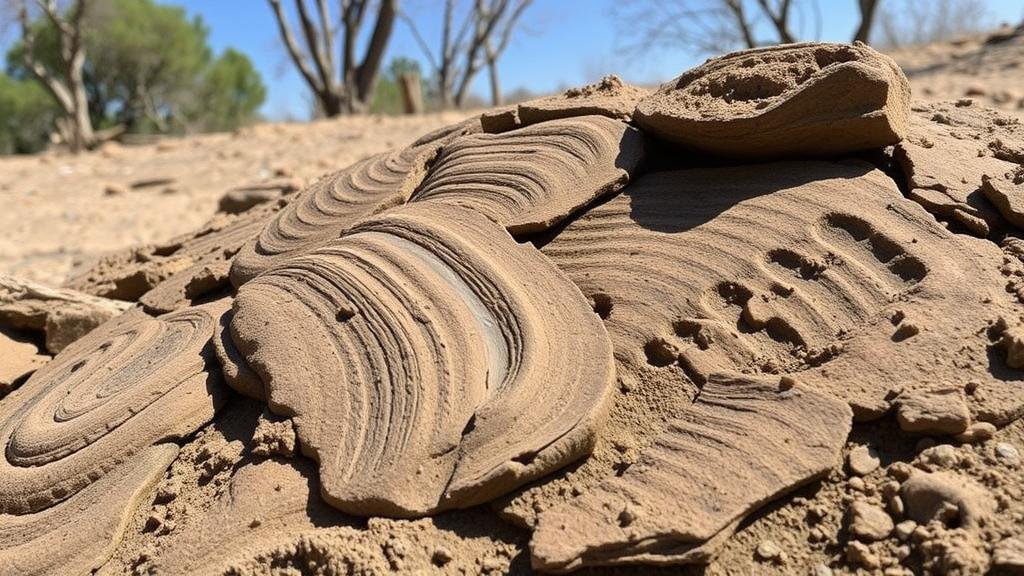Fossil Sites in Your Backyard: Exploring NPS Fossil Resources for New Leads
Fossil Sites in Your Backyard: Exploring NPS Fossil Resources for New Leads
The exploration of fossil resources within the National Park Service (NPS) areas presents a unique opportunity for both amateur and professional paleontologists. This research article aims to provide a comprehensive overview of the significance of these fossil sites, the methodologies for exploring them, and the subsequent implications for both scientific knowledge and conservation efforts.
The Importance of Fossil Resources
Fossil sites offer invaluable insights into the history of life on Earth, revealing information about past climates, ecosystems, and evolutionary processes. According to the American Geosciences Institute, fossils not only help in understanding biological history but also provide important data regarding geological events that shaped our planet, such as mass extinctions and plate tectonics.
For example, the fossil record can be observed in various strata across the United States, particularly in regions like the Rocky Mountains and the Great Plains. e areas are rich in resources that date back millions of years, offering a time capsule of prehistoric life.
National Park Service Fossil Resources
- Designated Locations: The NPS has numerous designated fossil parks, including the Jurassic fossils of Dinosaur National Monument in Colorado and Utah, and the rich fossil reefs found in Floridas Biscayne National Park.
- Fossil Programs: Many parks have established fossil programs that engage the public through organized fossil hunts, educational programs, and citizen science initiatives.
For example, the Badlands National Park in South Dakota is noted for its well-preserved fossils from the Oligocene epoch (approximately 23 to 5 million years ago). The park provides the public with fossil identification workshops and guided tours, emphasizing conservation while fostering a passion for paleontology.
Employing Modern Technology
Recent advancements in technology have revolutionized the way paleontologists explore fossil sites. Geographical Information Systems (GIS), for example, allow researchers to map fossil distribution effectively, pinpointing significant areas where fossils can be found.
Also, 3D scanning and imaging technologies enable high-resolution fossil documentation, preserving their data for future study while minimizing damage during physical examination. e methods were notably utilized during the excavation of the Diplodocus skeleton at the United States National Museum in 2014, where researchers were able to create a detailed digital replica of the fossil.
Legal and Ethical Considerations
Engaging with fossil resources raises important legal and ethical questions. The U.S. Code of Federal Regulations states that the removal of fossils from NPS sites without permission is illegal. This protects these resources from over-exploitation and ensures that they remain accessible for scientific research and public education.
Organizations like the Paleontological Resources Preservation Act (PRPA) advocate the preservation of fossil sites through legal measures, focusing on education and community involvement to foster an appreciation for these vital elements of natural heritage.
Real-World Applications
Understanding fossil resources can contribute to broader scientific fields, including climate research and evolutionary biology. For example, fossil records in the Shenandoah National Park provide insights into climate shifts over millennia, informing current models of climate change.
Also, fossils serve critical educational purposes. Local schools and universities often utilize nearby fossil sites for hands-on learning experiences, reinforcing theoretical knowledge with practical application. State parks and natural reserves can become living laboratories where students can engage in fieldwork that parallels what they study in textbooks.
Actionable Takeaways
- Visit your local NPS fossil sites to engage in educational programs and guided tours.
- Participate in citizen science initiatives to contribute to ongoing research while experiencing fossil exploration firsthand.
- Familiarize yourself with the legal regulations regarding fossil collection to ensure compliance and promote conservation.
To wrap up, fossil sites in the NPS represent a rich tapestry of geological and biological history that can significantly enhance our understanding of Earths past. They serve as vital resources for education, research, and conservation, making them indispensable to both scientists and the public alike.



